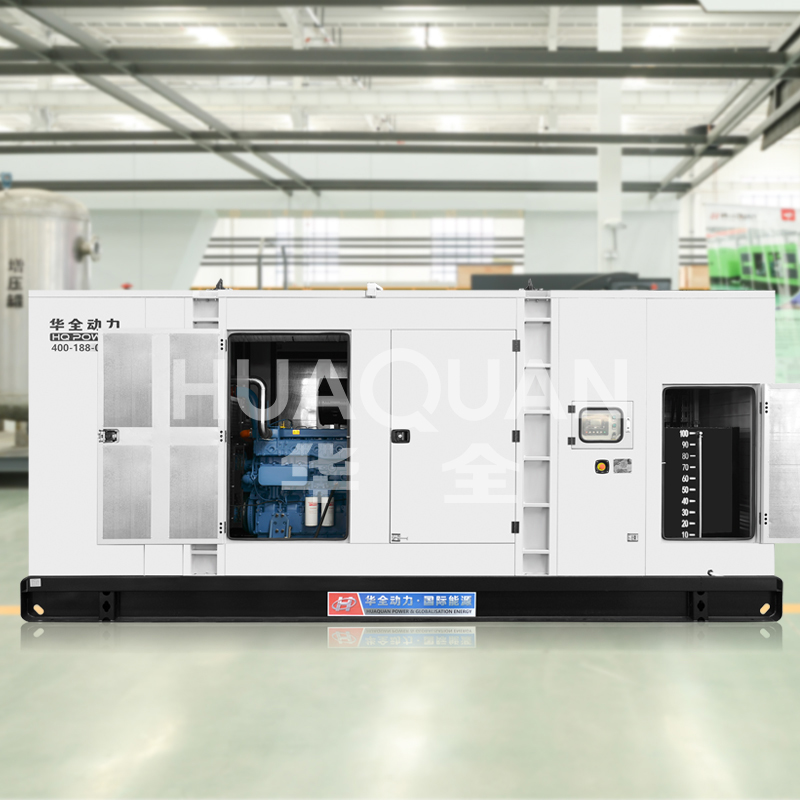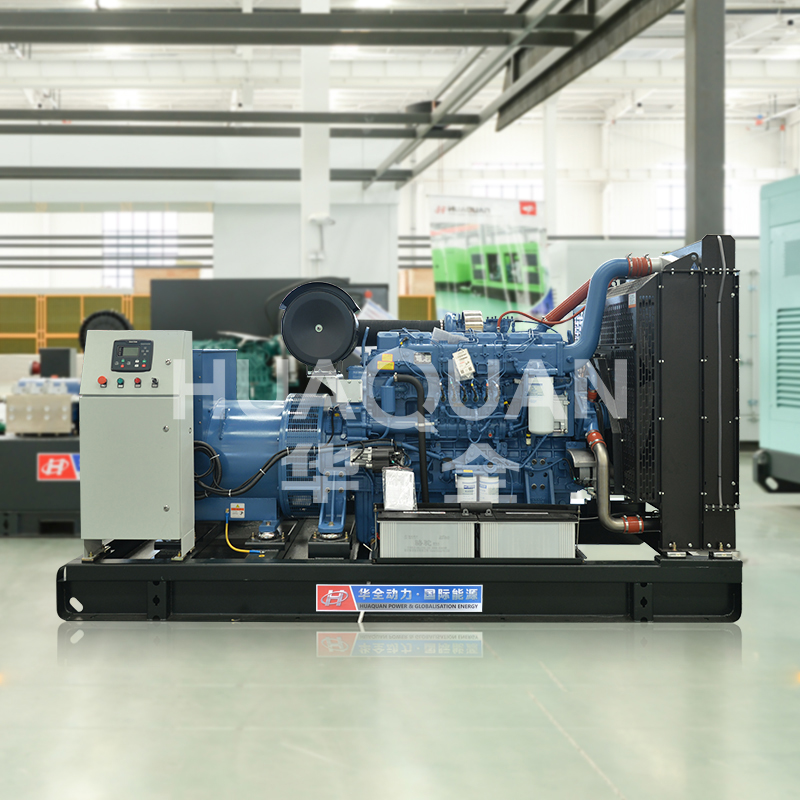Proper maintenance is crucial for ensuring the reliable operation of an Extra large generator set. Regular inspections should be conducted on all major components of the extra large generator set, including the engine, alternator, and control systems. These checks help identify potential issues before they develop into major problems that could disrupt power supply.
The cooling system requires special attention in an Extra large generator set. Due to the substantial heat generated during operation, coolant levels and radiator condition should be monitored closely. For an extra large generator set operating in dusty environments, more frequent cleaning of air filters and cooling fins may be necessary to maintain optimal performance and prevent overheating.
Fuel quality management is another critical aspect of maintaining an Extra large generator set. Contaminated or degraded fuel can cause significant damage to the fuel injection system. It's recommended to implement a fuel testing and treatment program for an extra large generator set, especially when the unit may remain idle for extended periods between uses.
Lubrication system maintenance is equally important for an extra large generator set. Oil levels should be checked regularly, and oil changes performed according to the manufacturer's specified intervals. The extra large generator set's bearing and moving parts require proper lubrication to minimize wear and ensure smooth operation under heavy loads.
Electrical system inspections form an essential part of Extra large generator set maintenance. All connections should be checked for tightness, and insulation resistance tests should be performed periodically. For an extra large generator set, particular attention should be paid to the condition of cables, terminals, and grounding systems to prevent electrical faults.
Finally, load testing should be conducted regularly on an Extra large generator set to verify its performance under operating conditions. These tests help ensure the extra large generator set can deliver full power when needed and allow technicians to identify any developing issues in the system's response to varying load demands.








